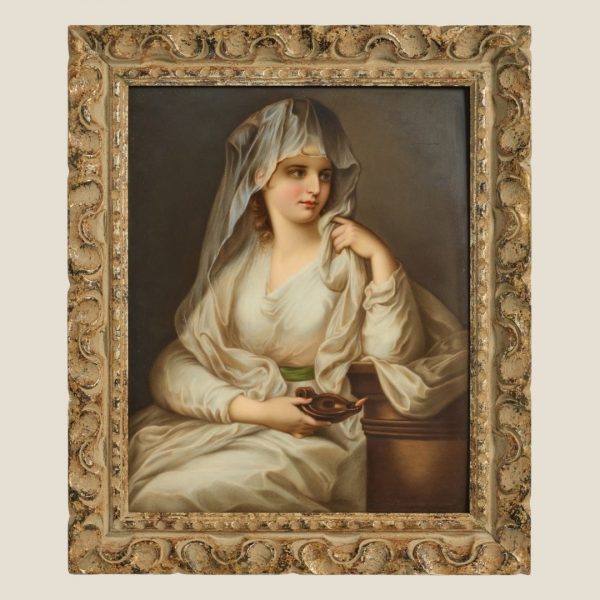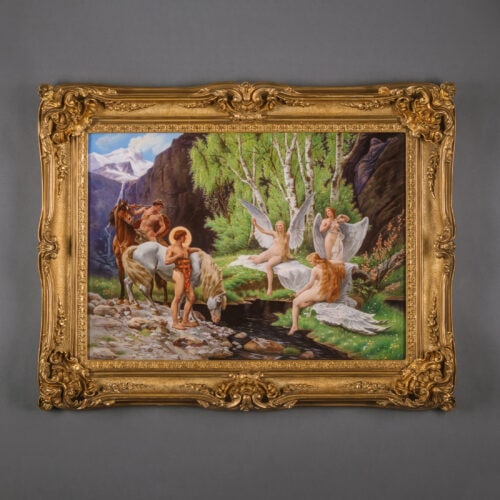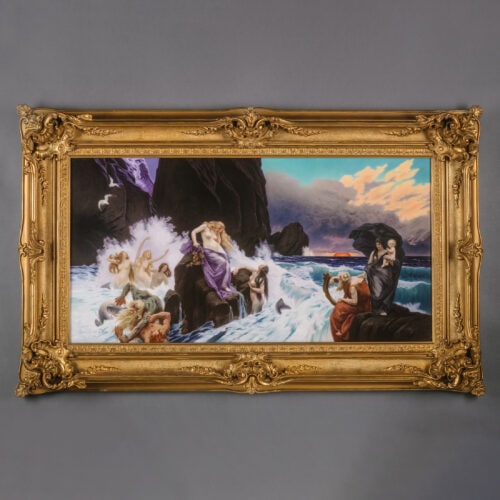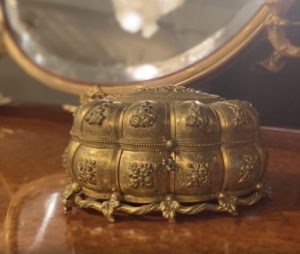Konigliche Porzellan-Manufaktur (KPM)
La santé du marié - Les fiançailles - Une plaque KPM
£60,000
‘The Bridegrooms Health - The Betrothal’. A Rare and Large KPM Plaque After the Painting by Otto Erdmann In A Finely Carved Gilt Wood Frame.The reverse...
Dimensions
Height: 45 cm (18 in)Width: 53 cm (21 in)
Profondeur : 8 cm (4 in)
Description
‘The Bridegrooms Health – The Betrothal’. A Rare and Large KPM Plaque After the Painting by Otto Erdmann In A Finely Carved Gilt Wood Frame.The reverse inscribed to the centre with the registered mark of the Munich porcelain painter Th. Koenig, in the form of an armorial crest with a putti supporting a banner inscribed ‘Munchen’, an artists palette and a shield bearing the initials ‘TK’. It is further inscribed with the size code ‘30. E’ . Thomas Koenig, was a renowned porcelain artist with a studio in Munich, active in the late nineteenth and early twentieth centuries. The original oil painting this plaque is based on is entitled ‘The Betrothal’ or ‘Bound for Life’ and was painted in 1883, by the German painter Otto Erdmann (1834-1905). Otto Wilhelm Eduard Erdmann (born Leipzig 1834 – died Duusseldorf 1905) was a German Realist painter, heavily influenced by Impressionism and famous for his fine interior scenes with figures from the eighteenth century. Works by Erdmann are displayed in the museum of Cologne, Düsseldorf, and Leipzig. Dimensions of Plaque without frame:Height: 32 cm / 13 inches Width: 39 cm / 15 inchesDimensions including frame: Height: 44 cm / 17 inchesWidth: 53 cm / 21 inches
Date
Circa 1890
Moyen
Porcelaine
Founded in Berlin in 1750 ‚‘KPM‚’ or ‘Koenigliche Porzellan-Manufaktur’ acquired its name and Royal patronage when the Prussian king, Frederick the Great, purchased the manufactory in 1760.
Its distinguished trademark from then on became the royal blue sceptre, which is stamped (painted prior to 1837) on every piece. All painted pieces produced by KPM are signed by the painter.
The complicated and exacting process of painting on porcelain became very popular in the mid to late nineteenth century. Drawing inspiration from old master portraits and genre scenes, artists were able to achieve incredible images embued with a luminous beauty through the translucent quality of the porcelain.
KPM porcelain represented the height of technical and artistic achievement during this period and large plaques particularly signed examples have become rare and highly sought after.
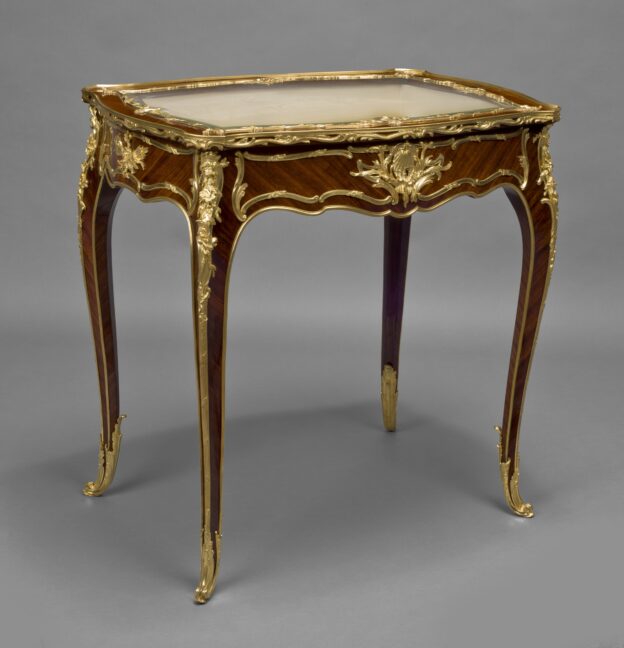




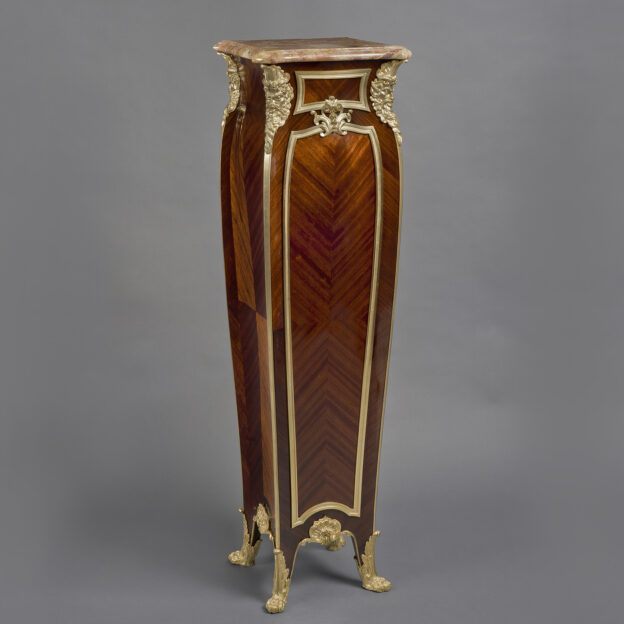
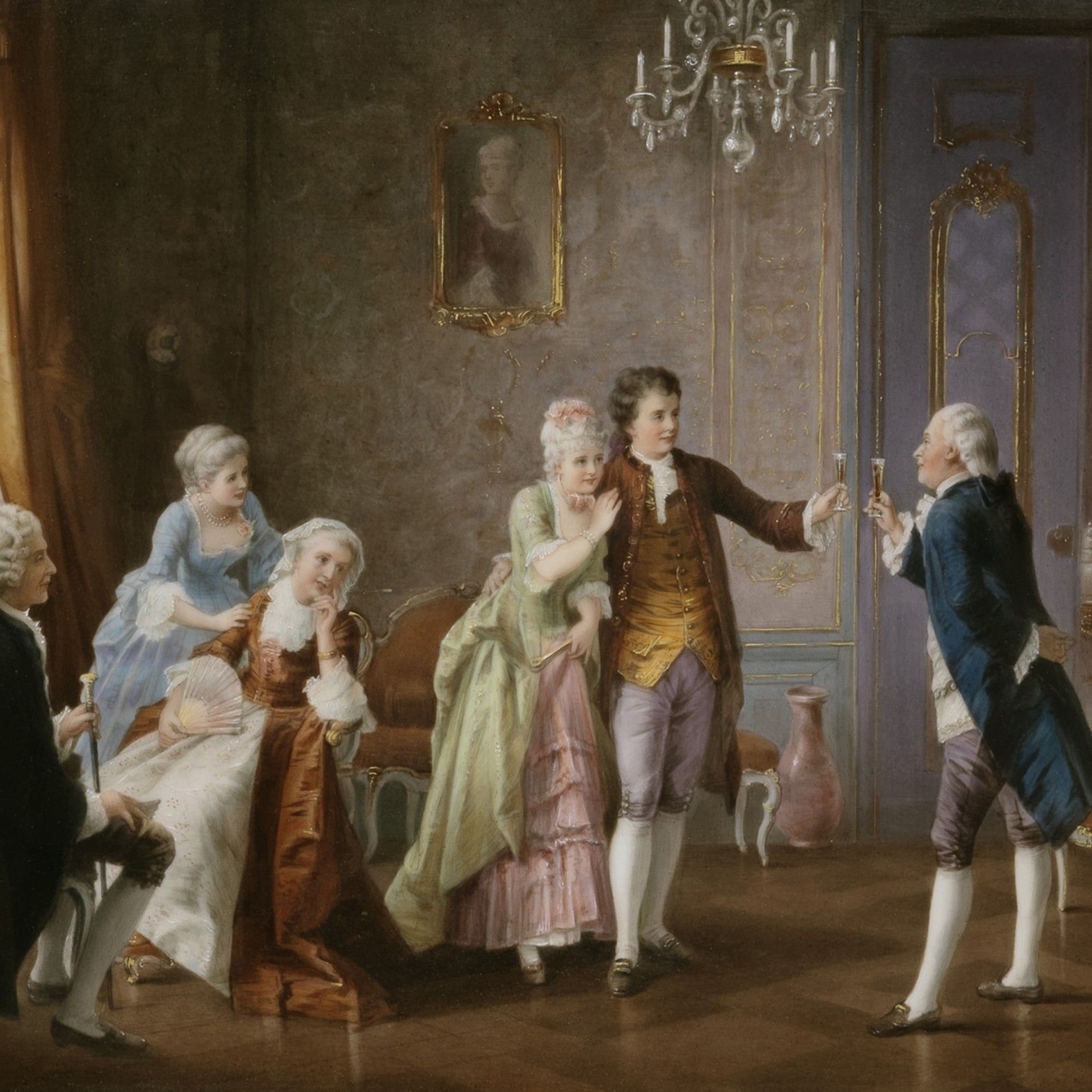
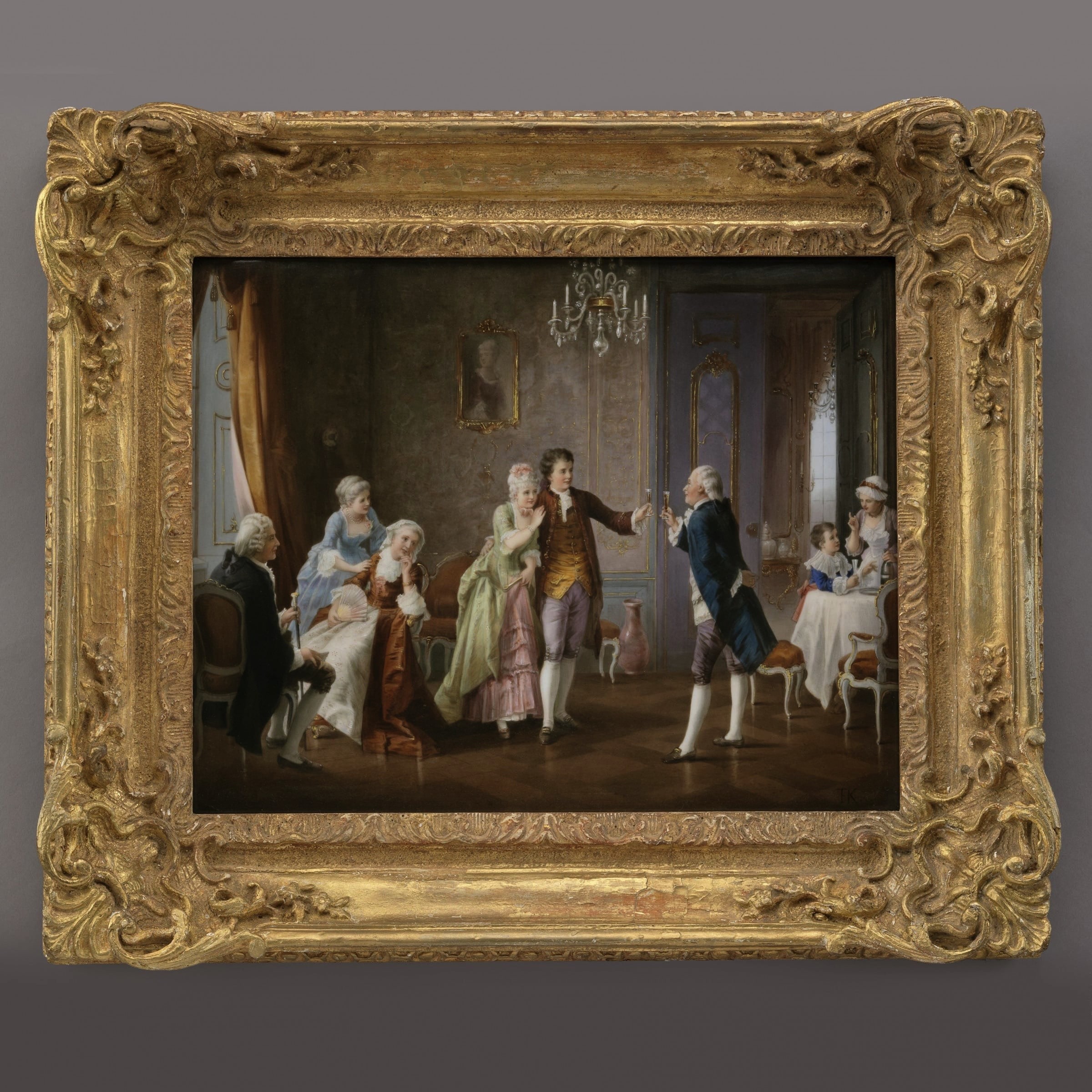
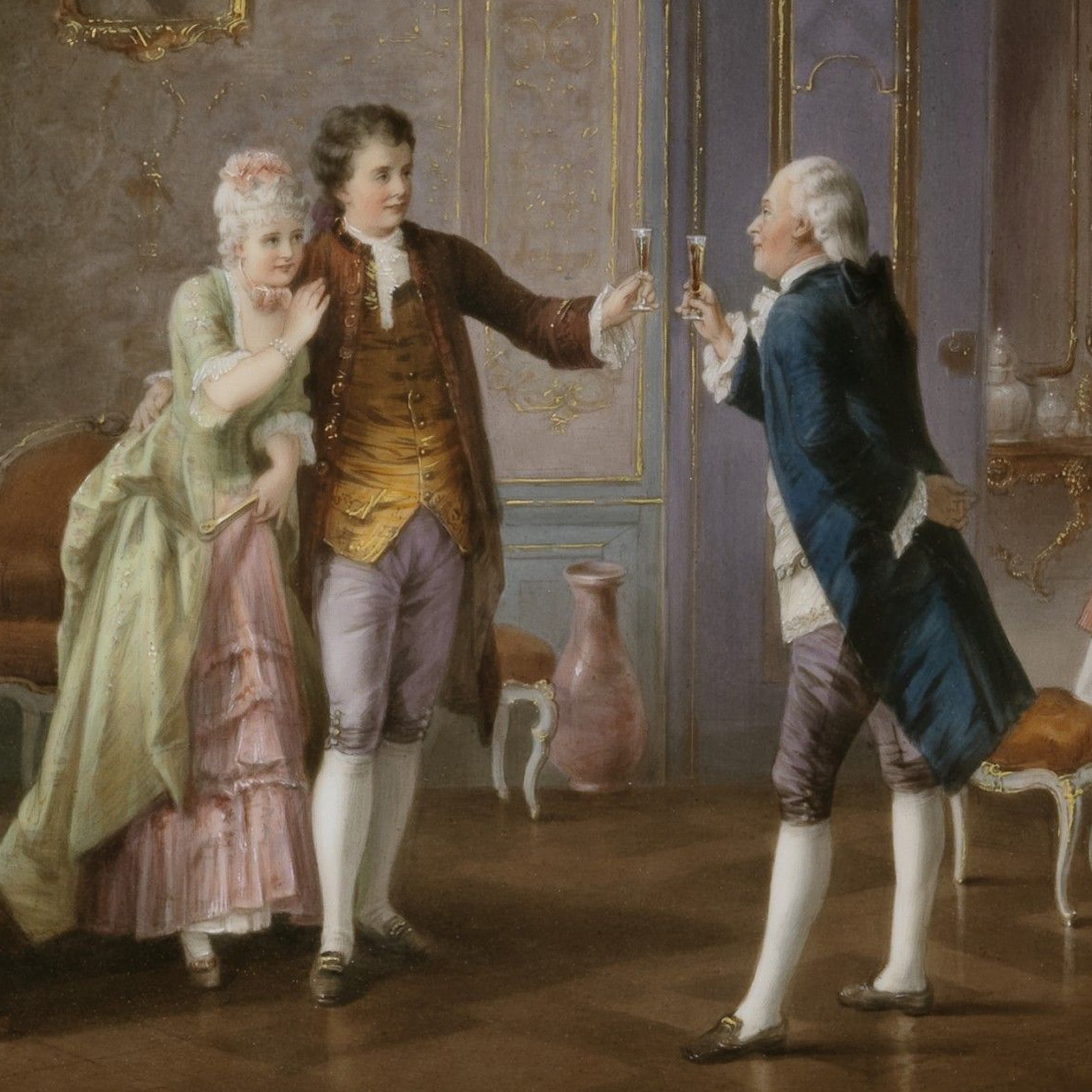
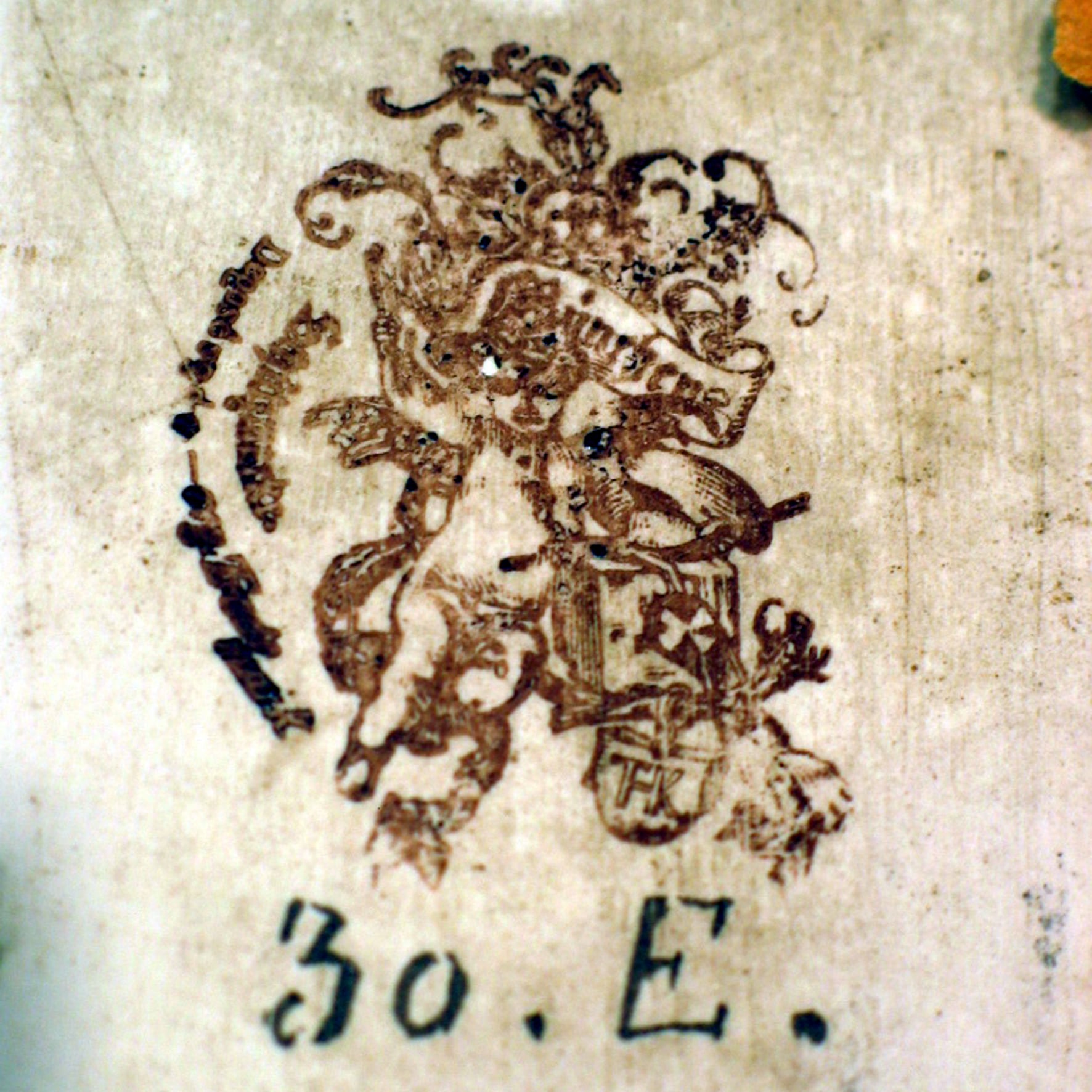

 Imprimer
Imprimer